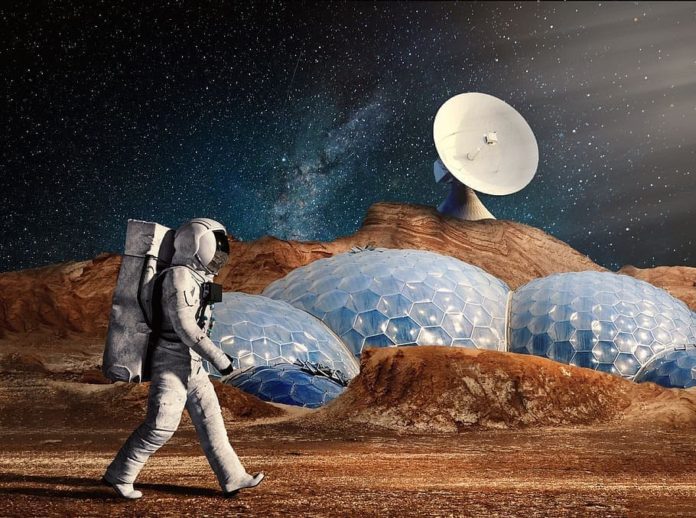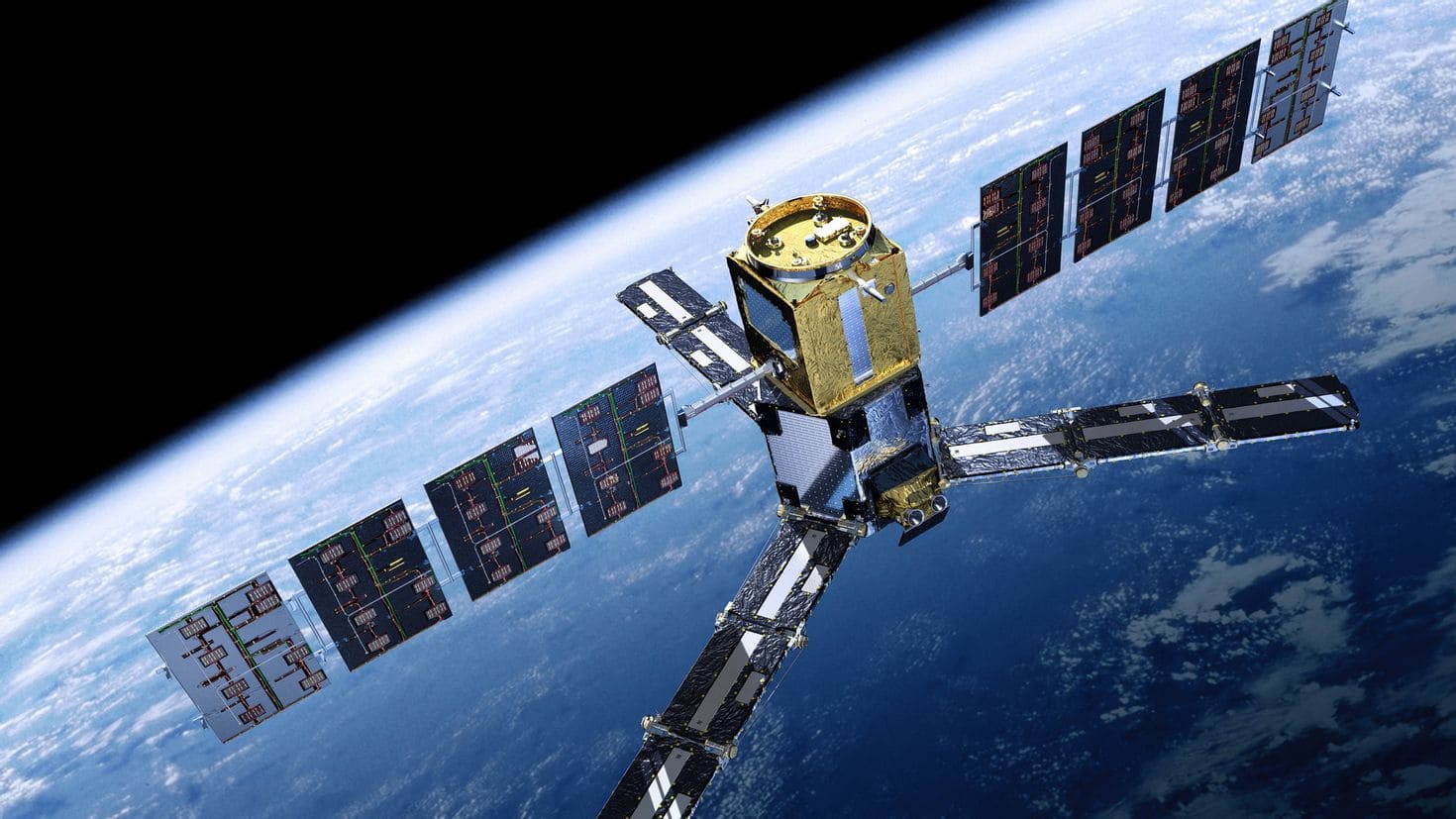A dream followed by progress
The idea of a human flight to Mars has long inspired scientists, engineers, writers and dreamers from all over the world. To bring it to life is a truly ambitious goal, for which humanity will have to make a tremendous leap in its technological development.
Already, leading space agencies are actively working on the implementation of this idea. NASA is developing heavy launch vehicles and interplanetary ships as part of the Ares program. The European Space Agency is engaged in projects of life support systems and scientific equipment. Roscosmos has also announced its own manned flight to Mars by 2030. And Elon Musk and his company SpaceX, in principle, think on the scale of the entire Solar system.
Preparing for launch
As soon as the date of the first crewed launch to Mars is officially announced, a large-scale preparatory campaign will begin. It will take thousands of engineers, scientists and technicians to realize this audacious mission.
Brave volunteers will be selected from among experienced astronauts and cosmonauts who are ready to risk their lives for the conquest of a new planet. They will have many years of exhausting training. It will be necessary to work out literally every step of the expedition down to the smallest detail.
And engineers and designers will also have a lot of work to do. It is necessary to comprehensively test all systems of the interplanetary spacecraft and ground infrastructure. After all, the lives of the team and the success of the entire mission are at stake!
Start and flight
Finally, the long-awaited moment of launch from the cosmodrome arrives. A giant launch vehicle rushes skyward, carrying the ship and its crew on a long journey. A nine–month flight to Mars will begin – a time of serious testing for all life support systems.
On board, astronauts will have to solve a lot of urgent tasks – from maintenance and scientific experiments to maintaining physical fitness. And on the Ground, Control Center engineers will be tensely monitoring numerous flight telemetry parameters, ready to promptly fix any problems.
Arrival on Mars
The culmination of the entire flight will, of course, be landing on the surface of Mars and the first steps towards the mysterious red planet. Billions of Earthlings will be anxiously waiting for these historic moments at their TV screens.
The crew itself will feel the full measure of the legend of this moment. They will have to conduct dozens of experiments in a short time, collect unique samples of Martian rocks and soil. The data obtained is critically important for planning future expeditions to Mars.
The Return of the Heroes
But the most difficult thing is yet to come – we have to get back safely. Takeoff from Mars, trajectory correction, docking in orbit with the return vehicle – about six months of hard work in outer space.
However, the successful completion of the flight will mark a truly planetary triumph of the human spirit and science. The crew will be greeted as heroes of all mankind. And their feat will forever write the names of the pioneers of Mars in the history books!
A new era of space exploration
The success of the first mission to Mars, of course, will only be the beginning of a new chapter in the history of human conquest of the Solar system. More and more ambitious projects will follow – the construction of Martian bases, the terraforming of the planet, flights to the asteroid belt and beyond.
And most importantly, the example of the pioneers will inspire new generations of young people to devote their lives to science and the vast expanses of the universe. And who knows, maybe someday humanity will indeed become an intelligent space civilization that has mastered our Solar system!



